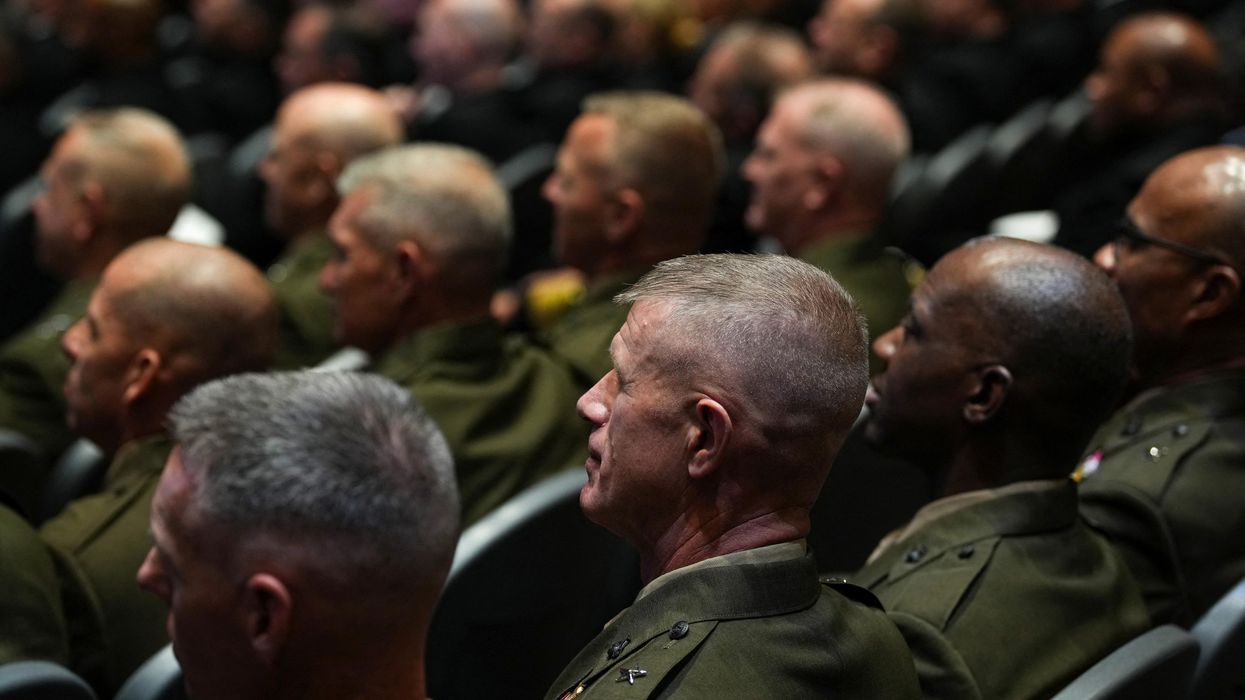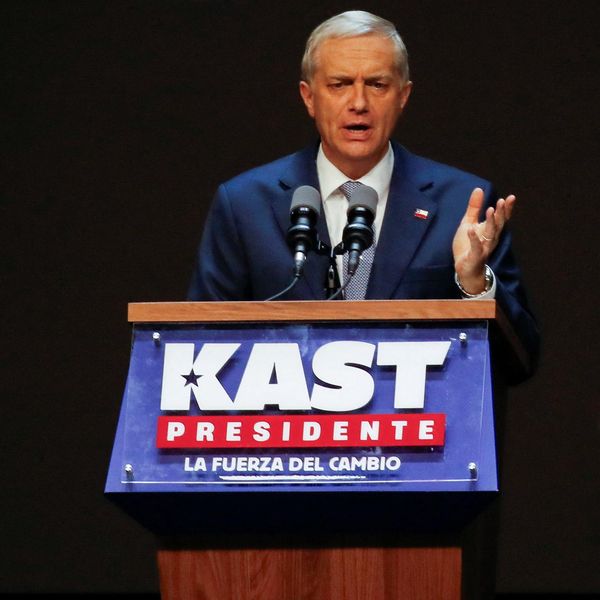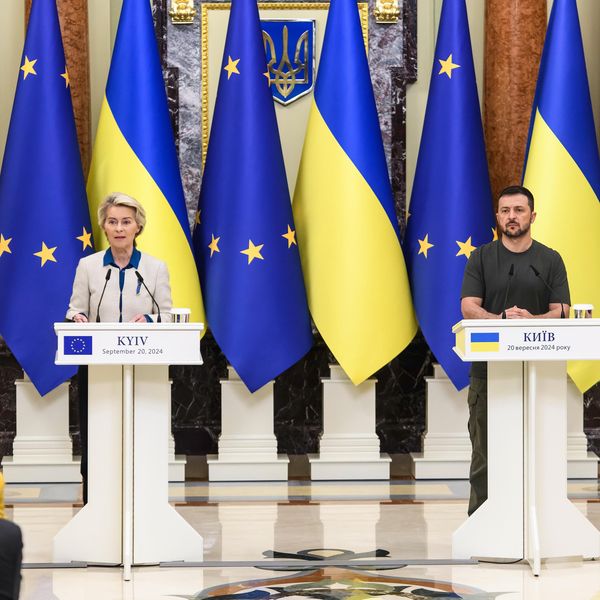As the world continues to contend with the ongoing war in Ukraine and fears over potential conflict in East Asia, total military spending reached an all-time high of $2.24 trillion last year, according to data published by the Stockholm International Peace Research Institute (SIPRI) on Sunday.
More spending was common across the world, with 12 of the top 15 countries — including India, Saudi Arabia, and the UK — spending more than they did in 2021. Every region of the world, with the exception of Africa, experienced an increase.
The increases in spending were particularly notable in Europe. Ukraine’s 640 percent jump from 2021 marked the largest single-year increase in one country’s expenditure ever recorded in SIPRI data. Elsewhere, Central and Western European states returned to Cold War levels of spending, with these countries surpassing the totals from 1989 for the first time. However, as William Hartung, Senior Researcher at the Quincy Institute, told Responsible Statecraft, the majority of this increase came from frontline states such as Poland and countries hoping to join NATO like Finland and Sweden, while the major increases in spending pledged by major Western European powers have yet to materialize. Italy was one of the three countries in the top 15 who’s spending decreased in the last year.
In addition, “many former Eastern bloc states have more than doubled their military spending since 2014, the year when Russia annexed Crimea,” said Lorenzo Scarazzato, a researcher with SIPRI’s Military Expenditure and Arms Production Program, in a press release. Russia’s spending also increased almost 10 percent.
In Asia, China’s military expenditures increased for the 28th consecutive year, reaching an estimated $292 billion, and a number of other countries, notably Japan, increased their defense spending, likely in response to the perceived threat from China.
“While China's spending increased significantly, by 4.2 percent, it was the second lowest rate of increase by Beijing since the end of the Cold War,” Hartung told RS. “And despite steady growth over the past three decades, China's military spending was still only about one-third of what the United States spent on its military in 2022.”
Confronted by high inflation, U.S. military spending rose by a relatively small 0.7 percent last year, but Washington remains by far the biggest spender in the world. The $877 billion accounts for almost 40 percent of worldwide military spending. The Biden administration has already proposed a further increase in the Pentagon budget for next fiscal year.
Continued massive military spending comes at the expense of pressing global issues, like the climate crisis, according to a statement released by the Global Campaign on Military Spending.
“Political leadership has focused on hawkish politics and sabre-rattling, stoking tension and fear, instead of cultivating international relations based on mutual trust, diplomacy and cooperation – three components that are essential to tackle the global nature of the climate threat,” the statement reads.
Last year marked the eighth successive one in which military expenditures have grown. The total represents a 3.7 percent increase in real terms. As the SIPRI press report notes, “the real-terms increase in world military spending in 2022 was slowed by the effects of inflation.” Without adjusting for inflation, the global total increased by 6.5 per cent.
“The surge in spending does not bode well for global peace and stability, but the prospects for war and peace hinge on more than just money spent; the key question is whether diplomatic initiatives aimed at ending current conflicts and reducing mounting tensions among major powers can take precedence over war and preparations for war in government policies,” Hartung told RS. “Until that happens, global military spending is liable to continue its upward path.”
















